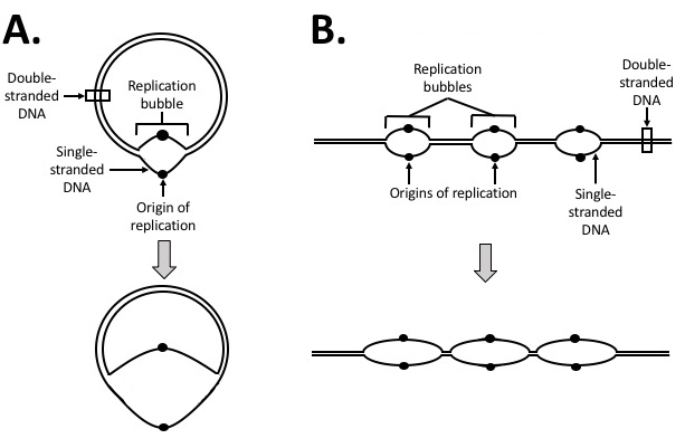DNA Replication
How does the cell accurately copy the information storage molecule?
Abstract
DNA Replication is a POGIL learning cycle activity designed for introductory biology students at the college or university level. DNA synthesis is a vital activity for life as accurate copying of the genome is a precursor to cellular reproduction during growth or healing, for example. Here, students will explore how structures called replication bubbles are used to copy the genomes of prokaryotic and eukaryotic organisms. At the end of this activity, students will be able to draw the component parts of replication bubbles, identify leading and lagging strand DNA synthesis, and predict how DNA replication is affected when key enzymes of replication are missing. This is an important skill for undergraduate students with an interest in careers in medicine, allied health care professions, and biomedical research as abnormal activity of DNA replication enzymes can result in human disease.
Level: Undergraduate
Setting: Classroom
Activity Type: Learning Cycle,
Discipline: Biology
Course: Introductory biology
Keywords: DNA Replication

Downloads
Published
How to Cite
Issue
Section
License
Copyright of this work and the permissions granted to users of the PAC are defined in the PAC Activity User License.

